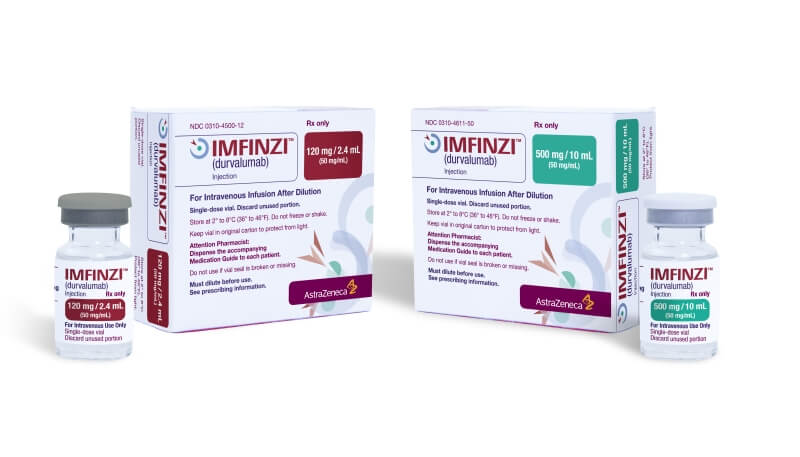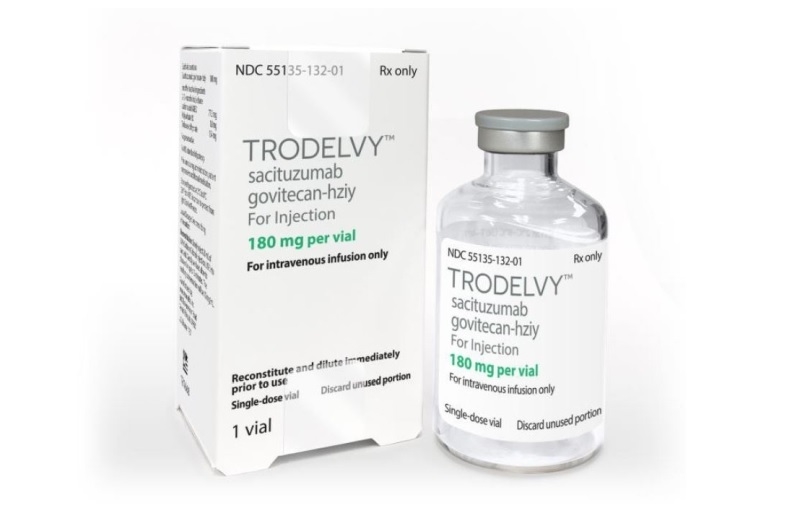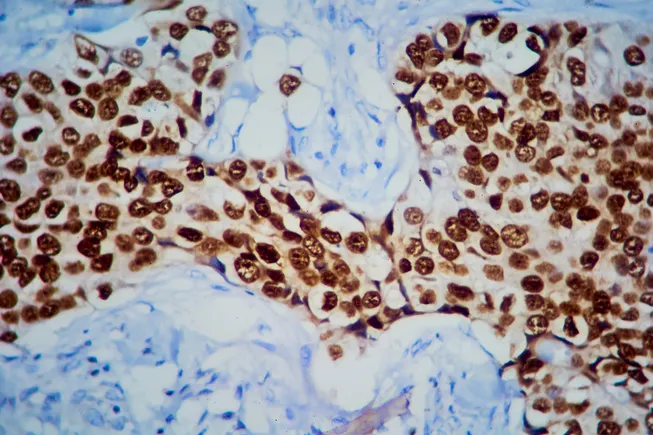Fe2+ Triggers Endocytosis of Carrier Proteins in Mammalian Cells
Advanced Healthcare Materials, EarlyView.

This study highlighted the pivotal role of iron in facilitating HSA endocytosis, presenting Fe2⁺ as an essential endocytic enhancer that necessitated binding with HSA to augment its uptake. Moreover, that Fe2+ played an important role in increasing the transport of HSA in vivo. This study proposed fresh insights into enhancing the efficiency of protein endocytosis and provided a novel mechanism involving DMT1 and clathrin for HSA endocytosis in the presence of Fe2⁺.
Abstract
Human serum albumin (HSA) plays an indispensable role as a carrier of endogenous and exogenous substances in vivo. The efficiency of endocytosis determines the transport capacity. However, the potential for enhancing the efficiency of HSA endocytosis remains largely unknown. This research represented a substantial advancement, revealing that Fe2+ markedly increased HSA endocytosis. Moreover, Fe2+ facilitated the endocytosis and transport of HSA in vivo. The enhancement in HSA uptake facilitated by Fe2+ is markedly decreased following iron chelation, indicating a specific interaction between Fe2⁺ and HSA that promoted endocytosis. Moreover, the study elucidated that FcRn and caveolin regulated HSA endocytosis under normal conditions. Yet, in the presence of Fe2⁺, endocytosis shifted toward clathrin- and caveolin-enriched membrane domains, requiring both divalent metal transporter 1 (DMT1) and FcRn for efficient process completion. Thereby a new pathway is discovered for Fe2+-dependent HSA endocytosis involving DMT1 and clathrin. This findings highlighted the crucial role of iron in enhancing HSA endocytosis and transport, establishing Fe2+ as a vital endocytic enhancer that required binding to HSA to substantially improve its uptake. This insight into the mechanism of HSA endocytosis not only expands the understanding of protein transport but also opens new avenues for therapeutic intervention.








































































































































